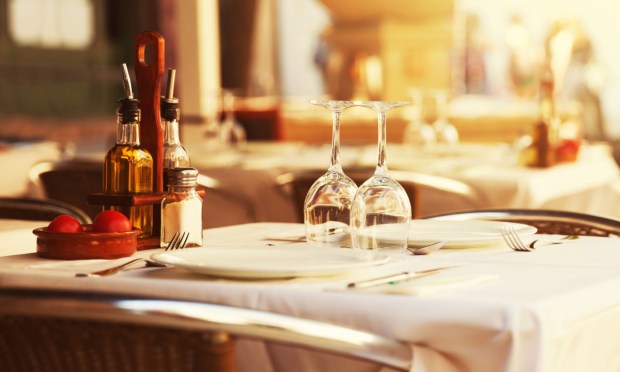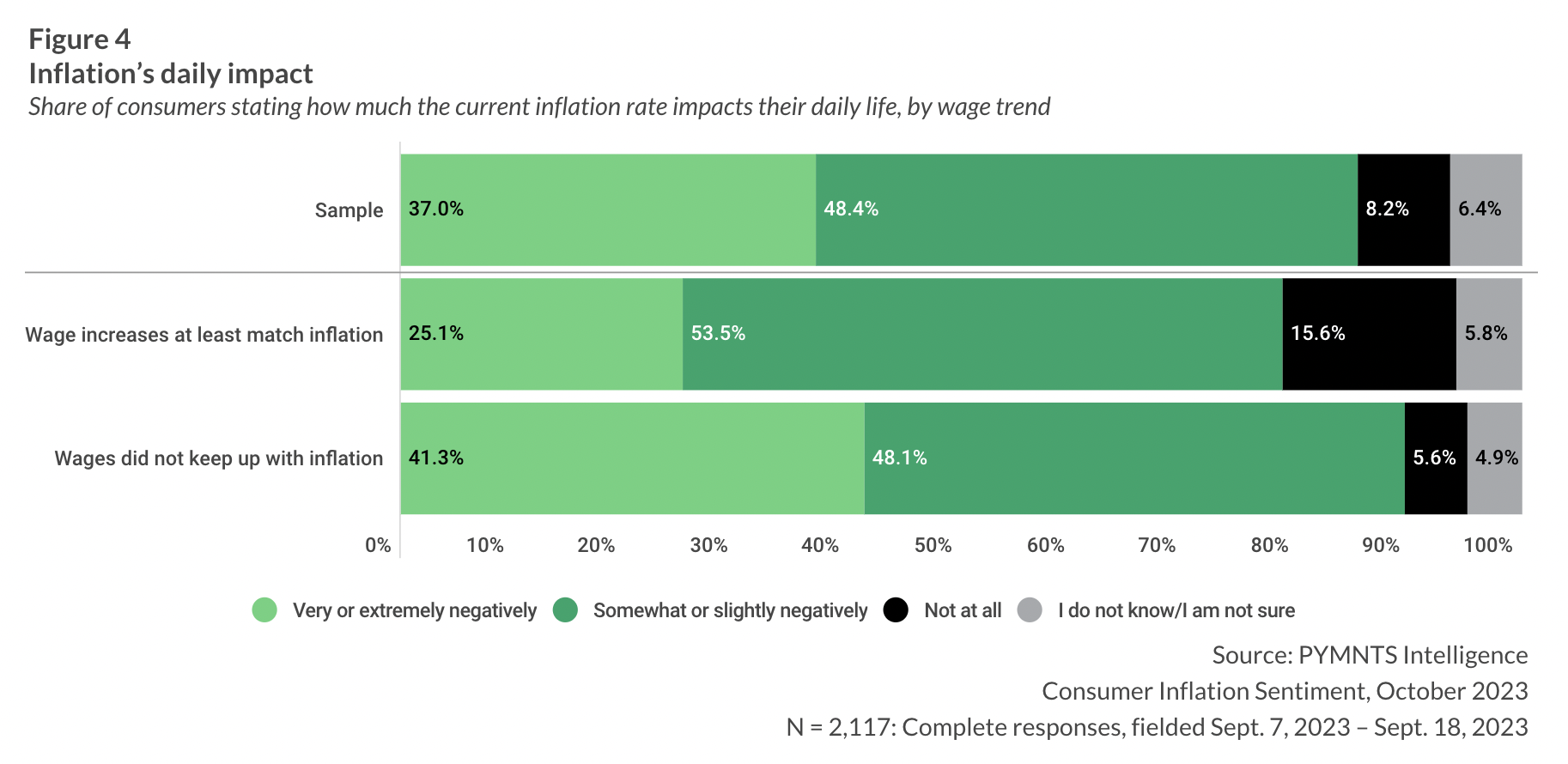Restaurants Feel Pullback as 85% of Consumers Strain Under Inflation

With consumers overwhelmingly noticing the effects of price increases in their day-to-day lives, per PYMNTS Intelligence, restaurants are seeing diners cut back.
By the Numbers
The recent PYMNTS Intelligence study, “Consumer Inflation Sentiment: Consumers’ Economy Concerns and the Price of High Prices,” which draws from a survey last month of more than 2,100 U.S. consumers, reveals that 85.4% feel the impact of inflation on their daily lives. Specifically, 48.4% see price increases impacting their daily lives somewhat or slightly negatively, while 37% feel the effects very or extremely negatively.

One of the categories where inflation is the most pronounced, according to Consumer Price Index (CPI) data from the U.S. Bureau of Labor Statistics (BLS) that was reported Thursday (Oct. 12), is restaurant dining. In the restaurant dining category, prices are up 6% year over year — and that figure is 62% higher than the all-item inflation rate.
The Data in Action
Indeed, restaurants are seeing consumers pull back. Take, for instance, casual dining chain Cracker Barrel, which saw consumers’ budgeting behaviors stand in the way of the rise in restaurant purchasing typically seen during the summer.
“We had expected the traffic would improve in June and July with the onset of the summer travel season. Unfortunately, this didn’t materialize,” Cracker Barrel CEO Sandy Cochran said on an earnings call last month, attributing this to both “a challenged consumer environment” and to missteps in the brand’s marketing.
Similarly, Domino’s Pizza shared on a call with analysts Thursday (Oct. 12) discussing its third-quarter fiscal 2023 financial results that, amid consumers’ ongoing financial challenges, pickup sales continued to grow, while delivery continued to fall.
“I think we’re going to continue to see … folks down-switching into the pizza category, down-switching into value,” Domino’s CEO Russell Weiner said. “This is going to happen, I think, a lot more in carryout than in delivery, because … there’s delivery fees. There are tips. There are things that cause that channel to be a little bit more expensive.”

